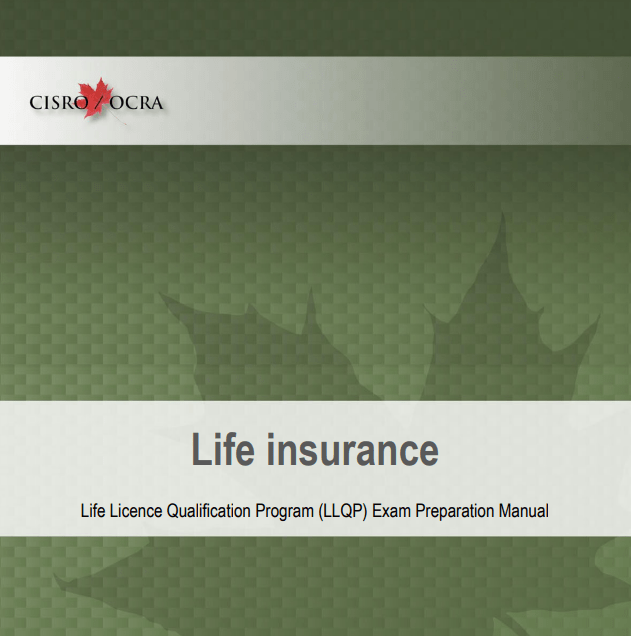
Pros and Cons of a Fixed Rate Mortgage
Also known as the partially amortized, blended constant payment mortgage with a fixed rate. The fixed rate mortgage is the most common repayment plan in Canada today. This mortgage has several characteristics. We’ll describe each characteristic and then list the pros and cons of this type of mortgage.
Partially Amortized
The fixed rate mortgage’s amortization refers to the total amount of time that it will take to repay the mortgage. The most common amortization is 25 years, although there are several different lengths currently available. The term partially amortized indicates that there is a term involved. If there wasn’t a term, it would be a fully amortized mortgage, which is uncommon in Ontario today.
Term
The fixed rate mortgage’s term is a period of time in which the loan is repaid, typically anywhere between six months and five years (although longer terms are available). The mortgage contract is based on this term and, at the end of the term, the contract comes up for renewal. The borrower can then renew with his or her current lender based on the terms of the renewal, refinance with the current lender or a new lender, or switch to a new lender.
Blended Payment
The blended payment of a fixed rate mortgage is a combination of principal and interest, allowing the borrower to pay the accumulated interest due for the payment period as well as an amount to pay down the principal amount of the loan that is outstanding.
Constant Payment
This means that the fixed rate mortgage’s payment does not change throughout the term. For example, given a mortgage of $200,000 at a rate of 6% compounded semi-annually, a term of 5 years and an amortization of 25 years, the monthly payment is $1,279.62.
This payment would remain constant for the full 5 years, at the end of which time the outstanding balance would have to be repaid, either by renewal, refinance, switch or full payment from the borrower’s own money.
The portion of interest and principal within the fixed rate mortgage’s constant payment will change every month as the amount of interest payable decreases. In this example, the amount of principal paid in the first payment would be $291.90 while the interest paid would be $987.72. By the end of the term, in the sixtieth payment the amount of principal paid has increased to $390.36 while the amount of interest has decreased to $889.26.
Mortgage brokering in Ontario is regulated by the Financial Services Commission of Ontario (FSCO) and requires a license. To obtain a license you must first pass an accredited course. The Real Estate and Mortgage Institute of Canada Inc. (REMIC) is accredited by FSCO to provide the course. For more information please visit us at www.remic.ca/getlicensed or call us at 877-447-3642.
Fixed Rate
This refers to the fact that the interest rate is fixed or does not change for the entire term.
Pros
1. Security
The main benefit of the fixed rate mortgage repayment plan centres around security. The borrower knows what the payment is throughout the term of the mortgage and can budget accordingly. This security should not be overlooked in terms of importance, especially for first time home buyers who may be used to renting and paying a fixed amount for shelter every month. Many first time home buyers are not fully aware of the other costs associated with home ownership, the clarification of which is part of the duty of the mortgage agent.
Cons
1. Potential Lack of Savings
There are no basic risks attached to the fixed rate mortgage repayment plan for the borrower other than the fact that he or she may not save as much interest as possible when compared to the variable rate option.
2. All mortgages carry risk
Most borrowers don’t fully understand what they’re obligating themselves to when they get a fixed rate mortgage, or any mortgage for that matter, which in and of itself is a risk. In other words, not knowing your obligations in the mortgage contract creates the risk that you may unknowingly contravene one of those obligations. These obligations are found in the mortgage’s Standard Charge Terms.












